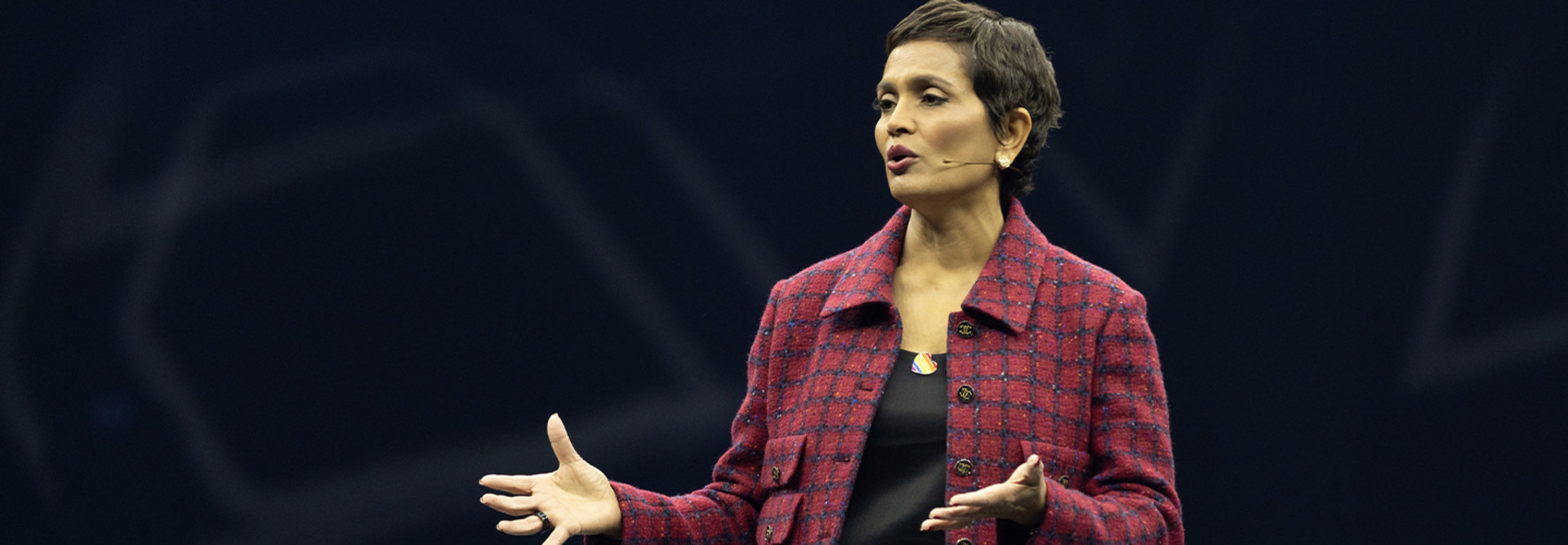How Cisco Uses AI in Its Security Tools
What is new, however, or at least still emerging, is the extent to which cybercriminals are deploying AI to aid in their hacks, using it to automate the creation of malware, for example. Jeetu Patel, Cisco’s executive vice president and general manager of security and collaboration, said it’s critical that organizations have security solutions that are powered by AI, as Cisco’s portfolio of solutions are.
At Cisco Live, the company announced its new security service edge solution, Cisco Secure Access, which includes AI-driven threat intelligence from Cisco Talos to detect and block more threats.
At the same time, Patel said, as companies experiment with their own AI projects, they may unwittingly create novel security challenges that also must be addressed. For example, companies are increasingly discovering that their employees are exposing corporate data as they use public AI tools, such as Chat GPT, to help with tasks as varied as writing code or generating marketing content.
“What we can do now is we can actually deploy data loss prevention on egress,” he said. “So, if an employee has a document or a piece of code that they’re going to put in Chat GPT, I can have a DLP filter that doesn’t allow that employee to do that. That’s going to be part of the first version of Cisco Secure Access. I can then get a score that will say, for example, that this piece of code was 95 percent likely written by AI, and then, as you modify the code, the score changes.”
DIVE DEEPER: How will AI affect cybersecurity in coming years?
Generative AI Plays an Increasing Role in Cisco Solutions
As for the use of generative AI in existing solutions, one notable example is a new suite of meeting summarization capabilities within the Cisco Webex collaboration solution.
These include “intelligent meeting summaries,” a feature that uses generative AI to produce action items and key points discussed from Webex meetings. “This will be a huge timesaver for attendees and people unable to join a meeting, eliminating the need to listen to a recording or read through transcripts,” the company noted in a news release. In Webex Contact Center, human agents can now receive summaries of communications that customers had with digital agents.
“Chat summaries provides the agent with a clear summarization of issues and resolutions already explored via self-service and a summary of the call to both the agent and customer once it ends,” the company noted in the release.
Cisco also is using generative AI to help companies improve security. For example, its new security operations center assistant “will provide a comprehensive situation analysis” for SOC analysts, the company noted, “correlating intel across the Cisco Security Cloud platform solutions, relaying potential impacts and providing recommended actions.”
“With generative AI, especially with Chat GPT coming along, what it’s done is it’s democratized access,” Centoni said. “I’ve used it many times, and I think of it as really automating inspiration. So, we see a lot of opportunity around it, but at the same time, there’s a balancing act of how do you work with AI responsibly?”
Whether you’re attending Cisco Live or not, follow us on Twitter at @BizTechMagazine and the official conference Twitter account, @CiscoLive, and join the conversation using hashtag #CiscoLive.













